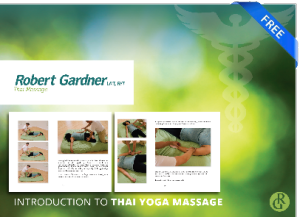How to neti pt.2
In a previous post we discussed the neti and how it creates a softness and texture to the breath through cleaning, hydrating and adding nuance to respiration. The nose is the preferred place to breath from, not the mouth. Mouth breathing stimulates the fight of flight response and most breathing in yoga is through the nose. “Mouth breather” is a derrogatory term for a reason, even if people don’t realize why, they sense it’s poor health function. If you can’t breathe through your nose, allergies come to mind, then breathe through your mouth. It’s not wrong, just not preferred. Always breathe.
Inside the nose and sinus passages are structures called turbinates. These structures aid in the cleaning and hydrating of air before it enters the lungs. Using a neti facilitates this process and the turbinates structure is of importance. When you breathe in through the nose the air circulates or spirals due to the turbinates. That soft, moist mucus membrane then picks up any particulate matter like dust, mold or pollen before it enters the lungs. As the air spirals and flows against the mucus membrane the increased moist surface area allows that particulate to stick, it’s part of your bodies filtering mechanism. See why the neti is important? It cleans this off regularly so you can start anew.


Leave a Reply
Want to join the discussion?Feel free to contribute!